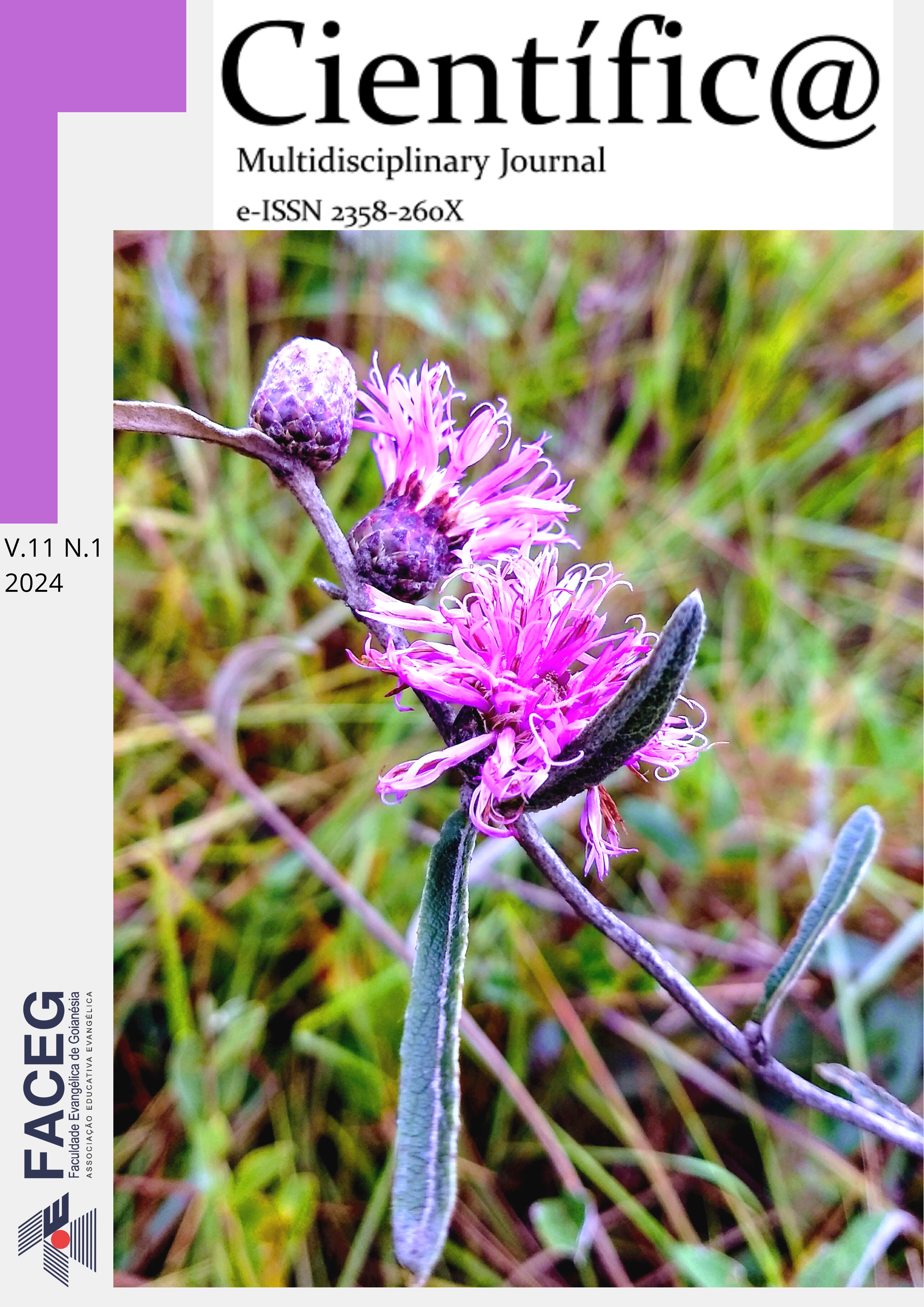PRODUCTIVE BEHAVIOR OF DIFFERENT SOYBEAN GENOTYPES IN THE WESTERN REGION OF PARANÃ
DOI:
https://doi.org/10.37951/2358-260X.2024v11i1.7178Abstract
The agribusiness sector is responsible for the largest percentage of the Brazilian GDP; nevertheless, agricultural activities have a low return rate and a high cost risk. To meet the financial needs of producers and agribusiness sectors, the choice of the genotype to be planted in commercial areas is one of the first decisions to be made. This study aimed to evaluate the production components of five different soybean genotypes in the western region of Paraná in the 2022/2023 season under standardized planting conditions. The experimental design used was a randomized complete block (RCB) with 5 treatments and 4 replications, totaling 20 experimental plots. The treatments consisted of planting different soybean genotypes (M 6100 XTD, AS 3615 I2X, P 96R10 IPRO, DM 60IX64 RSF I2X, and M 6110 I2X), all of indeterminate growth and early maturity. The genotypes AS 3615 I2X, DM 60IX64 RSF I2X, and M 6110 I2X have the Intacta2 Xtend technology, while M 6100 XTD has the Xtend Biotec technology, and P 96R10 has the Intacta RR2 PRO technology. Furthermore, all materials belong to the relative maturity group (GMR) 6.1, except for DM 60IX64 RSF I2X, which is in the GMR 6.0 group. The following parameters were evaluated: plant height (AP), number of racemes (NR), number of pods per plant (NVP), number of grains per pod (NGV), thousand-grain weight (MMG), productivity (PROD), and vegetative index (IV). After measuring the mentioned parameters, the results were subjected to the Tukey statistical test to compare the means, where significant differences (p<0.05) were observed among the genotypes (M 6100 XTD, AS 3615 I2X, P 96R10 IPRO, DM 60IX64 RSF I2X, and M 6110 I2X) for the morphological and productive variables NGV, MMG, and IV. For the productive component NGV, the genotype P 96R10 IPRO had the lowest mean (2.32 grains per pod) compared to the others. However, the same genotype had a higher mean MMG (153.59 g) when compared to AS 3615 I2X and DM 60IX64 RSF I2X. The variables that showed significant differences among the genotypes did not affect the final PROD of the experiment's genotypes because the evaluated genotypes have a high production capacity but different technologies. As there was no chemical management disruption, significant pest and disease attacks, or adverse weather conditions, all genotypes were able to develop their maximum production capacity.
Downloads
Published
How to Cite
Issue
Section
License
Esta revista oferece acesso livre imediato ao seu conteúdo, seguindo o princípio de que disponibilizar gratuitamente o conhecimento científico ao público proporciona maior democratização mundial do conhecimento.
A partir da publicação realizada na revista os autores possuem copyright e direitos de publicação de seus artigos sem restrições.
A Revista Científic@ - Multidisciplinary Journal segue os preceitos legais da licença Creative Commons - Atribuição-NãoComercial 4.0 Internacional. 

